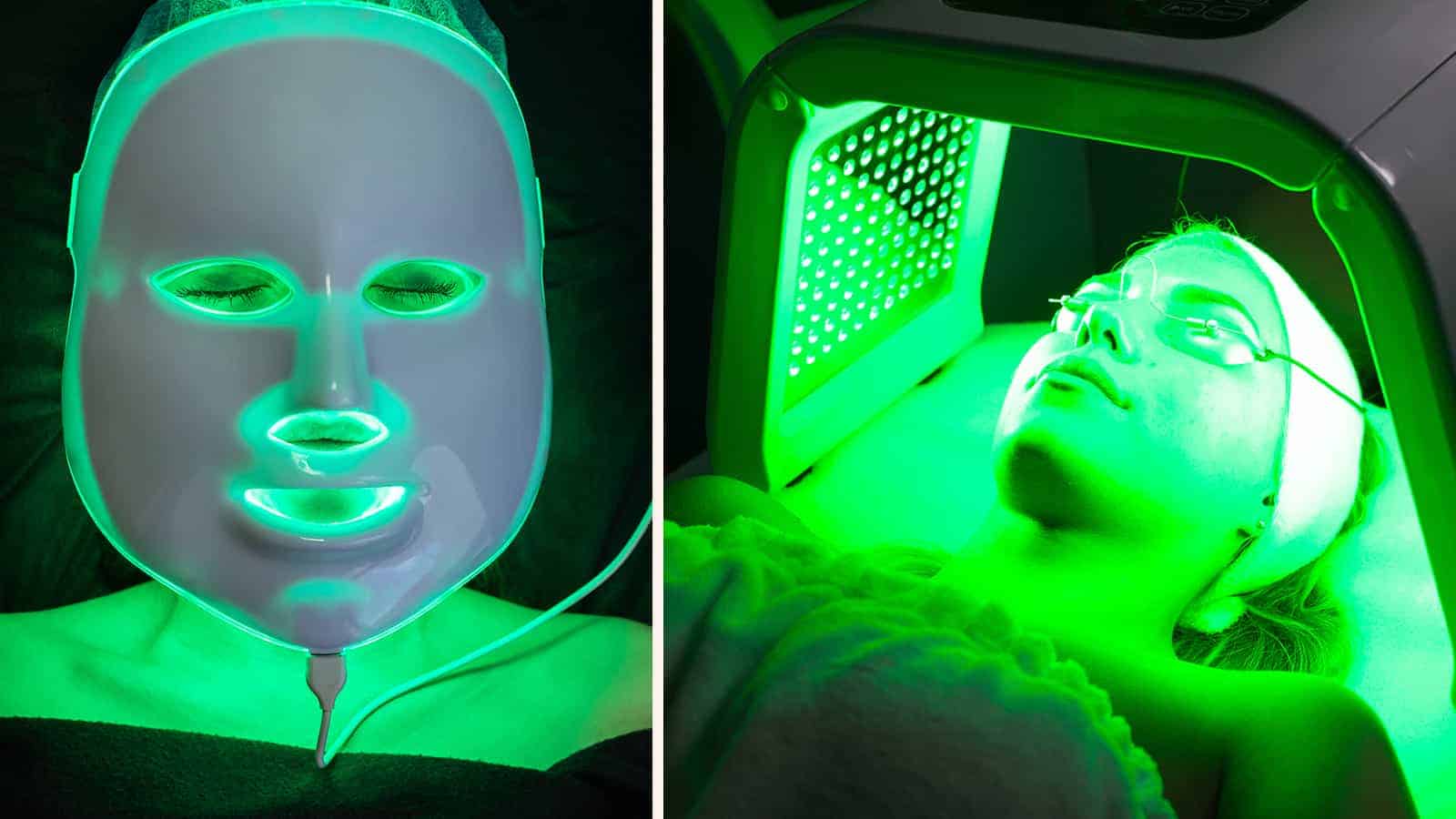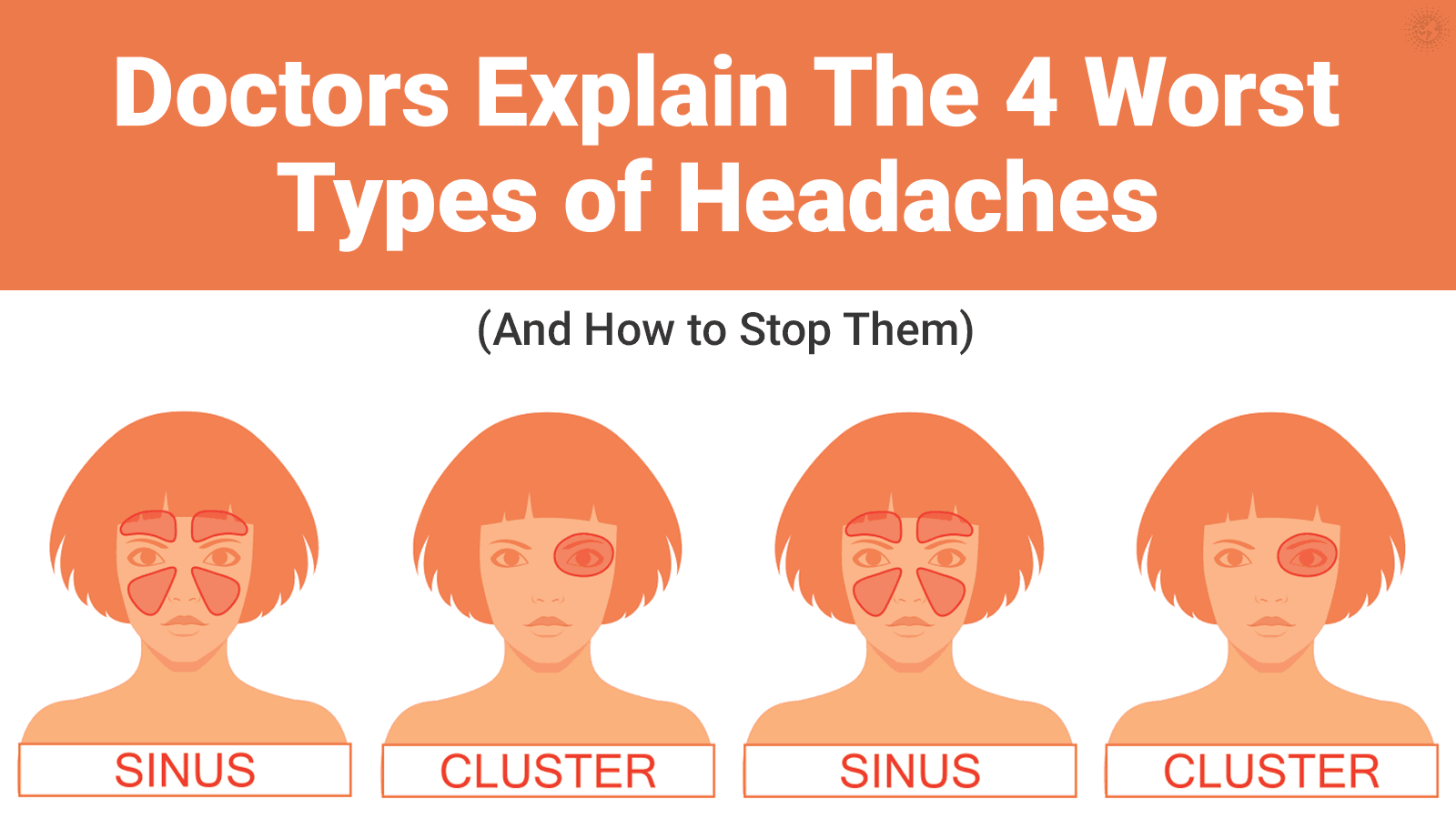When you suffer from migraines, you might be willing to try anything you can to stop the pain. Medication could be hit or miss for migraines and quite often the only thing you can do is wait for them to go away. If you have chronic migraines, this can be a miserable event to deal with constantly.
Luckily, researchers have come across a new therapy for migraines that shows promising results. Don’t let the name fool you – green light therapy isn’t just a fad. Research has shown that it can reduce the frequency and intensity of your headaches. Keep reading to find out how this new therapy might put an end to your suffering.
Details of the Green Light Study
The study was first published in September of 2020 in the Cephalalgia Journal of the International Headache Society. The study’s researchers and authors are all affiliated with the College of Medicine at the University of Arizona, Tucson. They are:
- Dr. Laurent F. Martin, Department of Pharmacology
- Dr. Amol M. Patwardhan, Department of Anesthesiology
- Dr. Sejal V. Jain, Associate Professor, Neurology Joint Appointment Pediatrics
- Dr. Rajesh Khanna, Professor, Department of Pharmacology
- Dr. Vasudha Goel, Clinical Assistant Professor, Department of Anesthesiology
- Dr. Felesia N Jones-MacFarland, Department of Neurology
- Dr. Mohab M Ibrahim, Director of the Chronic Pain Management Clinic; Associate Professor, Department of Anesthesiology
The details of the green light study
The study included 29 patients. Seven of them suffered from episodic migraines while the rest suffered from chronic migraines. The difference between the two types is in the number of migraines that the patient has. Episodic migraines are classified as people who have less than 15 migraines per month, while chronic is classified as 15 or more migraines per month.
The 14-week study was split into three parts. The first 10-week long part involved the patients being subject to white light emitting diodes for one to two hours daily. The second part was a two week break from any light treatment. The third part was also 10 weeks long and involved patients being subjected to green light emitting diodes for one to two hours daily.
During the study, patients continued previously used treatments for migraines so that there were no other changes in their usual regimens. The study evaluated a primary and secondary result. The primary was the number of headaches during the treatment periods. The secondary was the intensity and frequency of headaches reported by the participants during the two week break.
The results showed that the white light treatment didn’t have any significant effect on the patients. In order to generate any specific data, reductions in headaches for episodic migraine patients and chronic migraine patients had to be combined. Overall, there was an average of a 9.3 percent reduction across all categories. For the secondary result, there also was no significant changes,
The green light treatment was exponentially more effective. In patients with episodic migraines, the number of headaches was reduced an average of 69.6 percent while patients with chronic migraines saw an average reduction of about 42.2 percent. Patients reported a better quality of life overall when evaluating the secondary result although this could not be quantified in a particular number.
What the Results Mean for Patients and the Medical Community
For decades, the scientific community had no real treatment options for people suffering from migraines except oral medications and home remedies. If oral medications didn’t help, getting Botox injections was the next step.
Botox supposedly blocks neurotransmitters from sending pain signals from your brain. However, this isn’t the desired treatment since you could end up with other problems from not feeling any pain at all. Plus, not many people are comfortable with the idea of getting a needle to their face (although it’s probably more comforting than the migraine).
Being able to treat migraines with green light therapy opens a plethora of treatment paths. There are no side effects to the treatment like there are with medications. You don’t have to worry about chemicals being injected into your body through Botox. Plus, the treatment can be done at home. In fact, at the end of the study, patients were offered the opportunity to keep their green light devices and 28 out of 29 people choose to keep them.
The most obvious benefit is that green lights are inexpensive. Almost everyone can afford to put an LED bulb in their budget, and you won’t need a prescription for it.
Types of Migraine Headaches
If you’re reading this, you probably already know what migraines are. Hopefully, you don’t suffer from them. However, there are several different types of migraines that you may not have known about. This section will cover them.
You already know that there are episodic migraines and chronic migraines and that these are classified by the number of migraines you have per month. According to the American Migraine Foundation, there are a few other types of migraine headaches. These are:
- With Aura
- Without Aura
- No Head Pain Migraines
- Hemiplegic
- Retinal
Aura
When dealing with migraines, aura refers to sensory sensations that can accompany migraines. This can be in the form of visual or physical disturbances or speech problems. Sometimes aura happens a few minutes before migraines begin, so people think of the aura as a warning sign of an impending migraine.
Aura usually doesn’t last as long as the migraine. Typically, aura lasts less than an hour. The disturbances aren’t permanent, although they can be debilitating for the duration of the aura. Only around 30 percent of people who suffer from migraines experience aura.
Migraines with No Head Pain
It’s possible to have an aura without the head pain. This may sound like a minor discomfort, but it’s still very unpleasant. This type of migraine can also be called a silent migraine or an acephalgic migraine.
With this type of migraine, you would experience all the symptoms of aura. Unfortunately, they would still be as debilitating as an aura with head pain. Many people who have no head pain migraines will experience other types of migraines also.
Hemiplegic Migraines
This type of migraine mimics a stroke. You may have weakness on one side of your body and a “pins and needles” feeling on that side. It may also be accompanied by visual aura disturbances. This type of migraine may or may not cause head pain.
Retinal Migraine
As you can tell from the name, this involves the eyes. This type of migraine can cause a loss of vision in one eye. The loss of vision isn’t permanent but can last from a minute to several months. Not a lot is known about retinal migraines, but doctors believe it can be a symptom of some other serious underlying cause.
Migraine Statistics
Many more women have migraines than men. According to the Association of American Medical Colleges, one in five women suffer from migraines instead of one in 16 men. The reason for this is that hormone fluctuation is a major trigger for migraines.
During childhood, boys have more migraines than girls. However, when girls’ menstrual periods start, the risk of getting a migraine becomes many times higher than that of boys. Unfortunately, migraines can start during childhood. Statistics show that one in 11 kids suffer from migraines.
Migraine Treatments
Traditional migraine treatments were mentioned above. They include medications and Botox injections. Medication is the most used treatment for migraines. However, it’s not always effective. Common medications used for migraines include:
- Pain relievers
- Triptans
- Dihydroergotamines
- Lasmiditan (Reyvow)
- Ubrogepant (Ubrelvy)
- Opioids
The biggest problem with medication is that the side effects can be just as serious, or worse than migraines. They can make people feel ill and some of them are addictive. Plus, many of them can’t be taken long-term so they aren’t an effective treatment for managing chronic migraines. This is why the green light therapy study is so exciting – it doesn’t have any of these problems.
Final Thoughts on the Green Light Study and Migraines
Migraines are a big problem all around the world, so those who deal with them will welcome any new treatment that can prove effective. The results of the green light study are phenomenal and can provide relief to people without breaking their wallets. On top of that, they don’t need to see a doctor or to fill a prescription.
This was the first study of its kind. More studies will be needed to verify the results, but there were no side effects in any of the participants. That means if you suffer from migraines, you may want to find a green LED bulb and try the treatment at home. You don’t have anything to lose except for some head pain. Besides, you’ll gain a better quality of life in the process.
















 Community
Community

